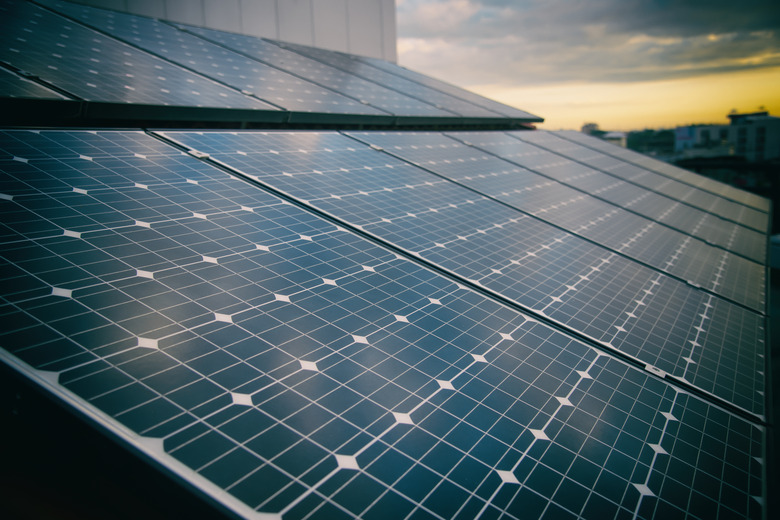Different Ways To Make Electricity
Electric power generation is typically a two-step process in which heat boils water; the energy from the steam turns a turbine, which in turn spins a generator, creating electricity. The motion of steam produces kinetic energy, the energy of moving objects. You also get this energy from falling water. It is directly proportional to the speed of the moving body – the faster it moves, the greater the energy. Electricity is produced when kinetic energy turns copper coils (or wire) within the turbine.
Dynamos and Generators
Dynamos and Generators
A key part of most electric power plants is the generator, a device that turns rotary motion into electricity. Inside the generator, coils of copper wire spin inside a strong magnetic field. As the coils move, the magnetic field creates the flow of alternating current (AC) electricity inside the wire. The source of the rotary motion, whether a windmill, a turbine, or a diesel motor, doesn't matter; it just has to be strong enough to turn the generator. The dynamo, a "cousin" of the generator, works in much the same way; however, it produces direct current (DC).
Electricity from Steam
Electricity from Steam
A steam power plant (or generator) produces electricity by burning fuels, including biomass, coal or petroleum. Steam generated from the process is fed into a turbine. The copper armature (wire) in the generator turns with the rotation of the turbine, producing an electric current. An example of a steam power plant is the Big Bend Power Station located in Tampa, Florida.
Hydroelectric Power: Falling Water
Hydroelectric Power: Falling Water
Electricity that is generated from water is called hydroelectricity. Falling water rotate the blades of a hydroelectric turbine, which in turn moves the copper armature inside the electric generator to produce electricity. An example of a hydroelectric power plant is the Great Hoover Dam (located near Las Vegas, U.S.). It has a total of 19 turbines that produce enough electricity to serve more than 1.3 million people annually.
Windmills: Energy from Wind
Windmills: Energy from Wind
A wind power plant rotates the blades of a turbine, which move the copper armature (that lies within the generator) to generate electricity. Windmills have been utilized in the past to rotate the wheels of attached mills. Modern windmills turn mechanical energy (generated from movement) into electrical energy. An example of a wind-powered electricity plant is the 107 Mega Watt (MW) wind farm located near Lake Benton, Minnesota.
Solar Power: Energy from Sunshine
Solar Power: Energy from Sunshine
Photovoltaic cells utilize the energy of the sunlight to produce electricity. Direct current (DC) is generated from stationary solar panels (which are made up of photovoltaic cells) and is commonly used for local applications, including running small-scale irrigation pumps or to charge battery-powered devices. Commercial scale solar power plants are steadily gaining popularity with the increase in the price of fossil fuels. They function by trapping solar energy through large reflectors. The trapped energy is then directed onto receivers that use various technologies to generate electricity by powering gas or steam turbines. The Nellis Power Plant is the largest solar power plant in North America. It is located in the Nellis Air Force Base in Clark County, Nevada, near Las Vegas. The plant is made up of more than 70,000 photovoltaic solar panels and its maximum electrical capacity is estimated at 13 megawatts of alternating current (13 MW AC).
Cite This Article
MLA
, Natasha Gilani. "Different Ways To Make Electricity" sciencing.com, https://www.sciencing.com/different-ways-make-electricity-7228215/. 24 April 2018.
APA
, Natasha Gilani. (2018, April 24). Different Ways To Make Electricity. sciencing.com. Retrieved from https://www.sciencing.com/different-ways-make-electricity-7228215/
Chicago
, Natasha Gilani. Different Ways To Make Electricity last modified March 24, 2022. https://www.sciencing.com/different-ways-make-electricity-7228215/
